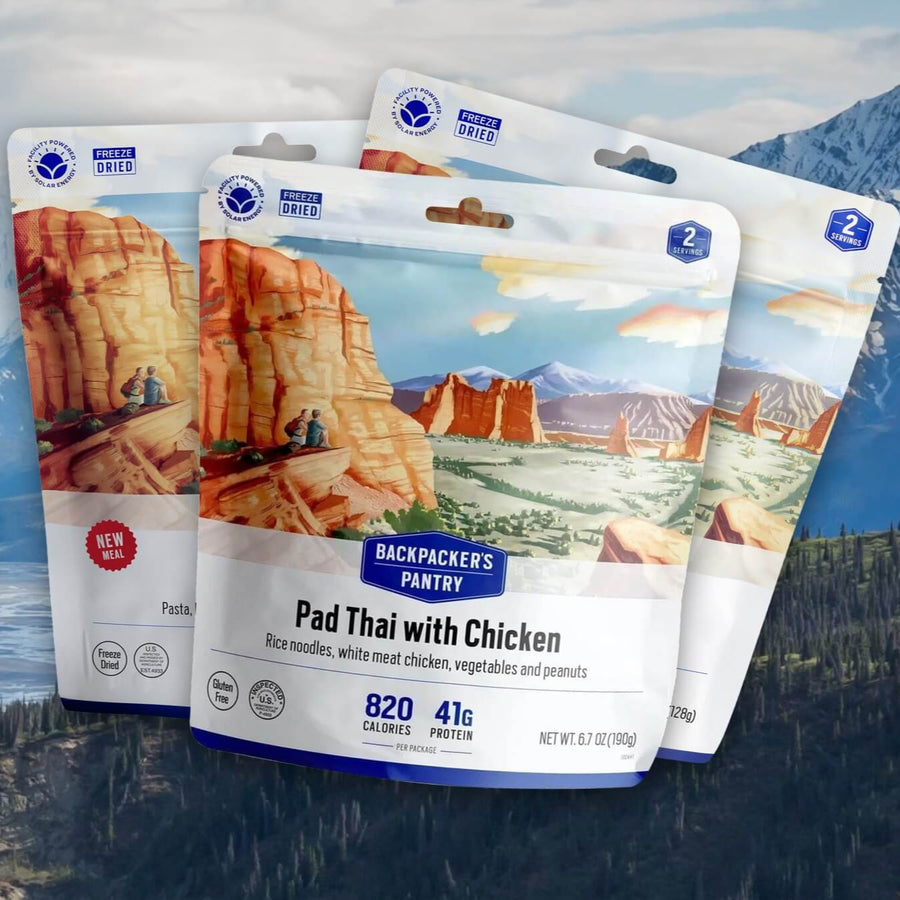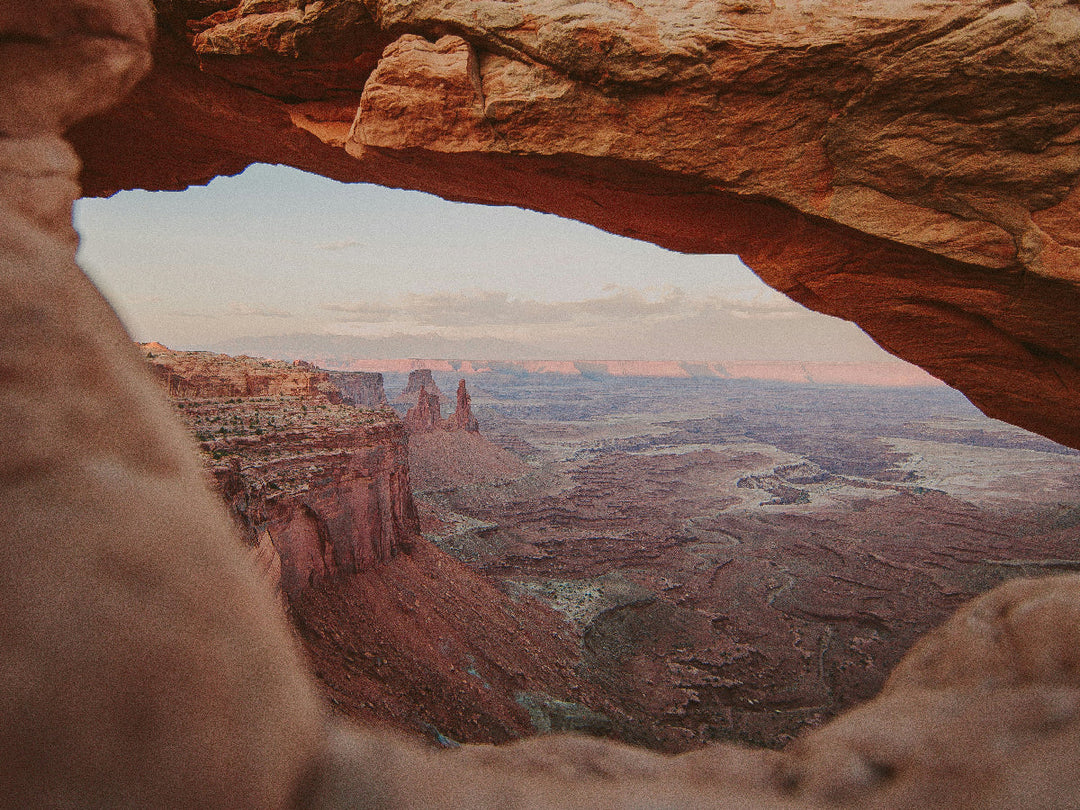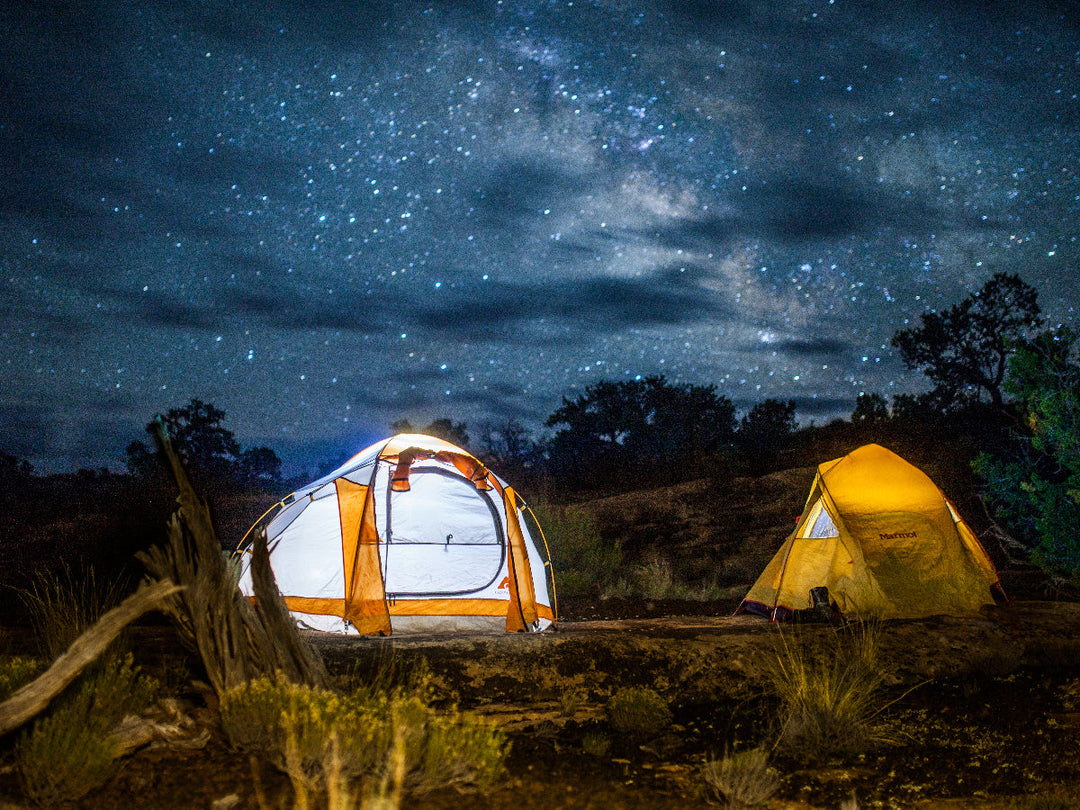The 3 Golden Rules of Staying Fueled in the Mountains

3 Golden Nutrition Rules for Mountaineering
Mountaineering, particularly high altitude mountaineering, is hard work. It’s such hard work that it is almost a given you will come back many pounds lighter than whatever weight you started at. Now - if your midsection has a propensity towards roundness in the flatlands (like mine does), you might say “Wait… I get to go on an amazing trip, hopefully pocket a coveted summit, AND come back as a lean mean fighting machine? Sign me up!”
I won’t lie - I’m guilty of a pronounced seasonal weight pattern, and I don’t mind the weight loss that comes with a big expedition. But here’s the dirty secret to high altitude expedition climbing: it is part of your job to eat as much as you possibly can. Eating is what gets you up, and safely back down, the mountain; and there is just no way that your food intake can keep up with the calories you are burning at altitude, even if you do have a ravenous appetite - though most folks tend to lose their appetite as they climb higher and higher.
Over the years I have seen many a climber new to the high altitude game who arrived at basecamp wanting to eat on the skinny (might as well help the active vacation diet a bit by not eating big meals, right?) and I know that it does not work, at least not if you’re hoping to reach that summit. When you put in a hard effort in above 14,000ft you need to get all the calories you can - and you will still lose plenty of weight.
Here are a few tips and tricks to make sure you have what you need to power you all the way to the summit and back down.
1) Don’t skip meals.
You’re a few days into your trek, and after a big day you get into camp late; it’s cold, and you’re not *that* hungry anyway. Tempted to just curl up in your sleeping bag and skip dinner? Don’t. I have been guilty of skipping meals like this myself a time or two, and I have suffered the consequences in the form of severely decreased performance and even aborted missions every time.
2) One meal = 2+ servings.
This is one of the most common misconceptions I encounter: as you probably know if you are reading this, many freeze-dried entrees (including my Backpacker’s Pantry favorites like Fettucini Alfredo or Pad Thai) come in 2-serving pouches. That’s convenient, but it does not necessarily mean that they are adequate for two people; on the contrary, the general rule in the mountains is that one 2-serving pouch makes one dinner for one person. Just look at the calorie count: a serving of Pad Thai packs 460 calories - pretty good but still on the light side for a standard dinner for a even *sedentary* person! A single serving of Fettucini Alfredo in contrast is just 270 calories. If you are putting out a hard physical multi-day effort you should plan a two-serving entree per individual per dinner, or you’ll run out of steam.
3) Fortification is money.
As I said above: calories are king in the mountains. Even with a proper breakfast, lots of snacking throughout the day and for lunch, and a two-serving dinner each day, chances are that you’ll be struggling to meet your caloric needs (case in point: I burned over 8000 calories on summit day on Aconcagua a few years ago). To up your calories, I recommend fortifying your meals and drinks in whatever which way you can. Here is what that means tactically:
-
Add powdered milk, sugar, and/or honey or jam to anything that’ll lend itself to those ingredients - oatmeal, cereal, hot chocolate, tea.
-
Olive oil is extremely calorie-dense. Bring a flask or canister and add it to any pasta, soup, or entree that won’t be ruined by some extra EVO.
-
If you have someone cooking for you, or if you are eating in tea houses along the way: look for the heartiest-sounding dishes you can find on the menu, then request an extra egg on top.
If you are vegan/vegetarian, or have other dietary requirements…
… that’s a tough one. Dietary restrictions can be hard at sea level, and they are even more difficult in the mountains. I have known several conviction-based vegetarians to relax their diet choices on the mountain to temporarily allow meat and eggs in order to keep up with their caloric needs in an environment of highly limited food choices. Of course that’s not an option for dietary restrictions originating from intolerances or allergies; I haven’t yet come across an easy solution to this challenge, besides the obvious mandate to bring appropriate calorically-dense foods from home to supplement your meals - even if it means carrying avocados up to 18,000ft (been there, done that!).
To bring it all together, here is what a typical “easy” day in the mountains may look like for me from a food perspective:
|
Breakfast |
2 packets of oatmeal, fortified with powdered milk, sugar, jam; instant coffee |
~350 calories |
|
Lunch & snacks |
~4-6 units of assorted energy bars, gels, chocolate, salty snacks; instant soup |
~1000 calories |
|
Dinner |
Backpacker’s Pantry Pasta Primavera - 2 serving pouch; add extra olive oil |
660 calories |
|
TOTAL |
~2,010 calories |
For a tough day (big mileage, heavy pack, summit push, and/or catchup if I feel like I have been running a calorie deficit for too long), I will choose the highest calorie options I can find - like what’s shown below. Note that the 2 serving granola breakfast is a game changer; super tasty and low volume yet incredibly nutritious, this has become my secret weapon on high altitude missions.
|
Breakfast |
Backpacker’s Pantry Granola with Milk & Bananas - 2 serving pouch |
1240 calories |
|
Lunch & snacks |
~6-8 units of assorted energy bars, gels, chocolate, salty snacks; instant soup with extra olive oil; hot chocolate with powdered milk |
~1500 calories |
|
Dinner |
Backpacker's Pantry Pad Thai - 2 serving pouch |
920 calories |
|
TOTAL |
~3660 calories |
And with that - get out there, have fun, and eat to summit!

A hard day’s work on Aconcagua barely making the summit: 8,800 calories burned during the summit push from Camp II in 2014. I didn’t know much about high altitude fueling back then and lost sixteen pounds in sixteen days - not a healthy outcome, and one that almost cost me the summit.

Dinner time on the mountain!
The secret weapon: Backpacker’s Pantry granola with bananas, almonds and milk - over 1200 calories in a single yummy meal.

Monitoring weight at 18,000ft. Weight loss on an extended mountaineering trip is almost inevitable but needs to be kept in check to not compromise summit chances.





